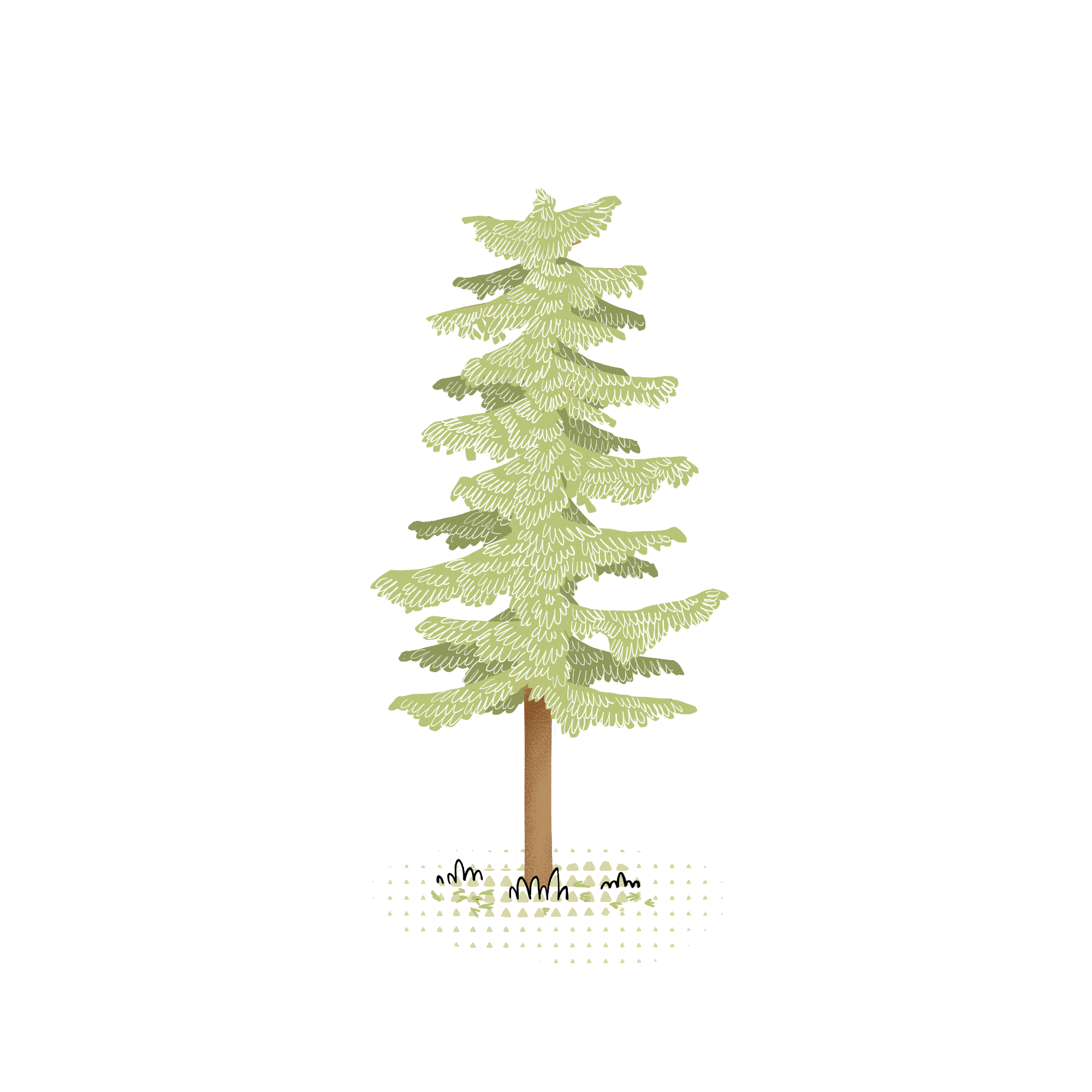
Adopt or gift a Larch
Determined people
Wisest people
This conifer native to the mountains of Central Europe is known for its cold resistance. Its hard, durable wood makes the Larch perfect for constructing houses in the mountains, which is why we recommend it for those who enjoy summits and tough challenges!
Features
Scientific name: Larix decidua
Common name: Common Larch
A member of the Pinaceae family, the larch is the only European species of the family found in Italy. In the Italian and European wild flora, larches are the only conifers whose leaves are not persistent, although there are other genera of deciduous gymnosperms in the world. It grows quickly and has a very long average life span. It is easily recognized by its open, sparse foliage, straight trunk with a very broadened base and light pyramidal crown.
Fun facts
The Romans came across the larch about 2,000 years ago and called it "larix" a name given by the Gauls, population of the Alps. The scientific epithet decidua comes from the Latin "deciduus," or "falling," to describe the larch's unusual habit of shedding its needles in autumn. Although its needles look light, the wood of the larch is strong, very resinous, and therefore resistant to the elements. In earlier times, hollowed-out larch logs were used as water pipes for wells. Actually, sturdy larch wood has many uses, but it is famous because Venice rests on larch pillars. In Zermatt, Switzerland, a house built with larch wood is said to have stood for about 1,000 years.
Properties and Uses
The aromatic resin of the larch that naturally emerges from the trunk of the tree is of primary interest for therapeutic purposes. Larch turpentine, which has anti-inflammatory properties, is also made from the resin. It is used in the treatment of rheumatic pains, blisters, abscesses and respiratory tract inflammation.
Why adopt or gift a Larch: what makes it unique
of CO2 captured over a year
reachable height
maximum life expectancy
Forests where you can grow your own Larch, adopting it or giving it as a gift.
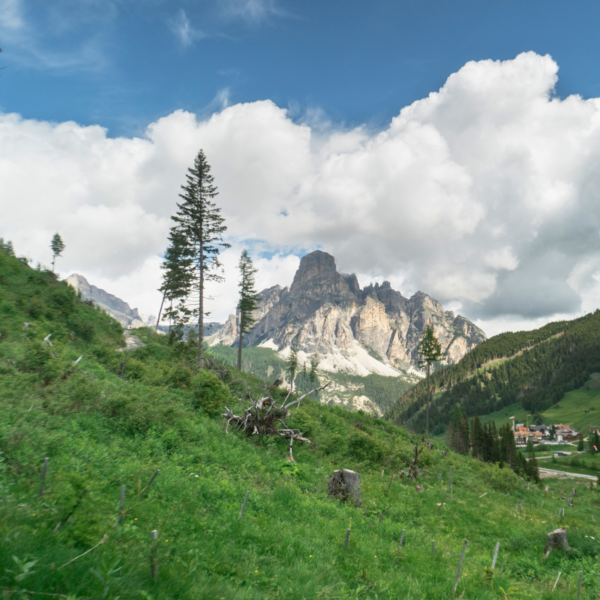
Alta Badia
 Italia
Italia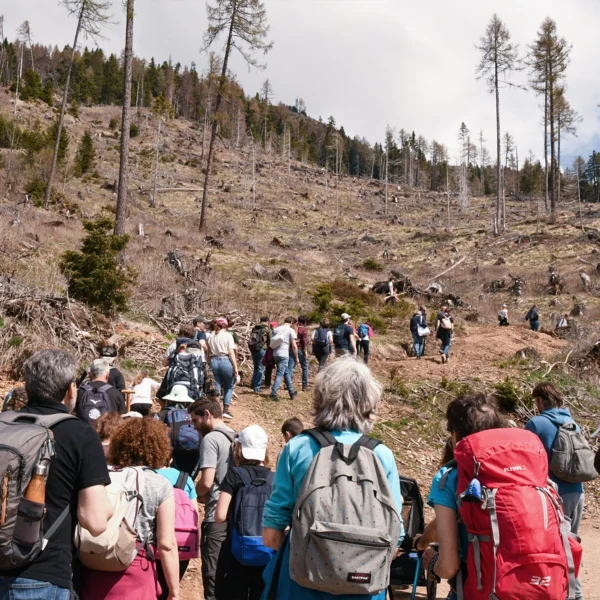
Bosco della Panarotta
 Italia
Italia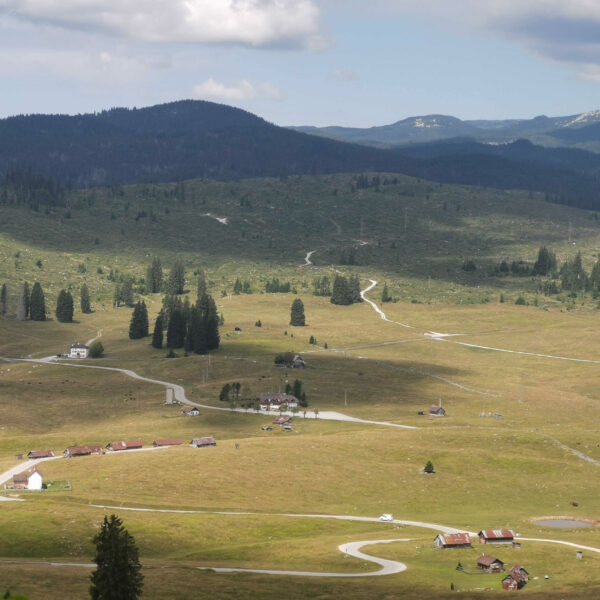
Piana di Marcesina
 Italia
Italia
San Vigilio di Marebbe
 Italia
Italia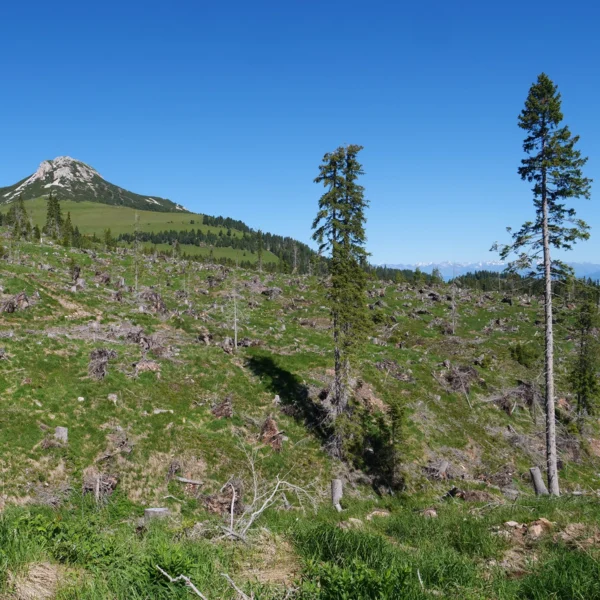
Val di Fiemme
 Italia
Italia
Join our community
Do you like trivia about trees and forests, and want to know how you can help create a greener future and help nature?
Sign up for our newsletter!
A couple of times a month you will receive news, scientific insights without catastrophizing, offers to adopt our trees, and news from our projects. With WOWnature, helping the planet becomes a positive experience. Every tree is a step toward a better future.


